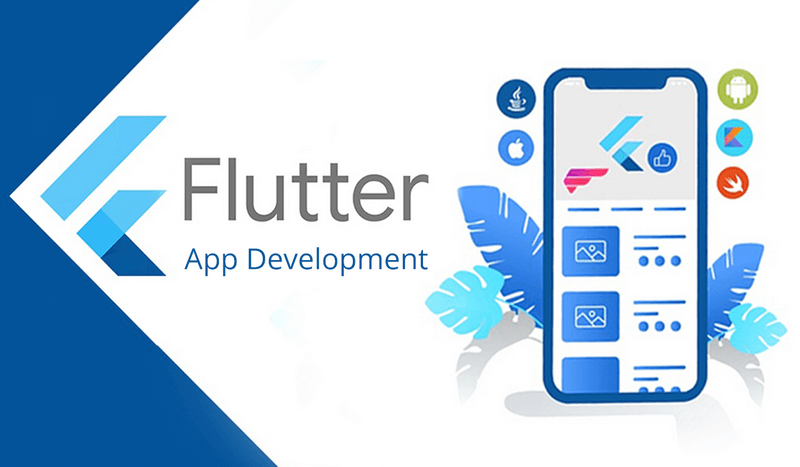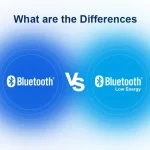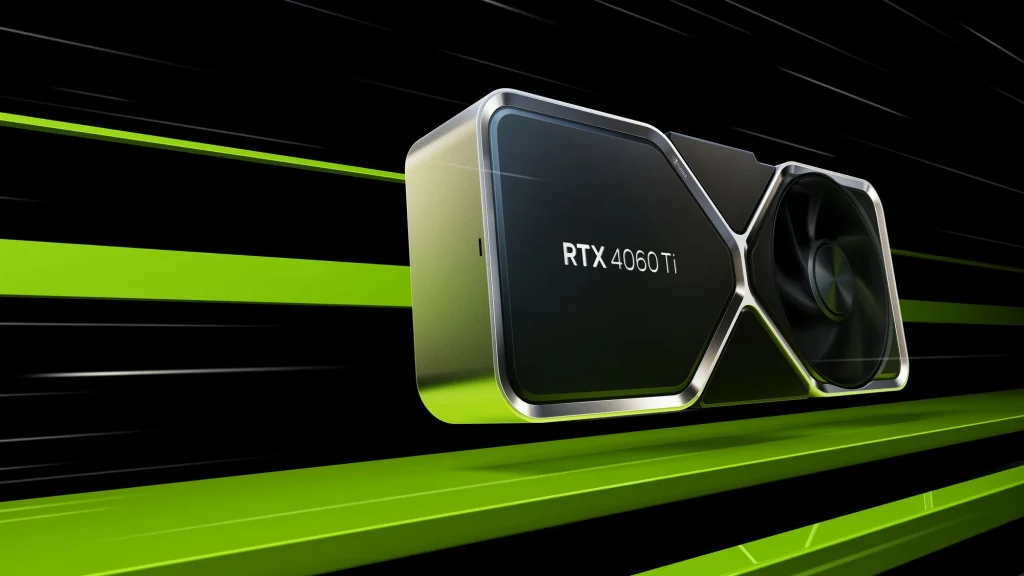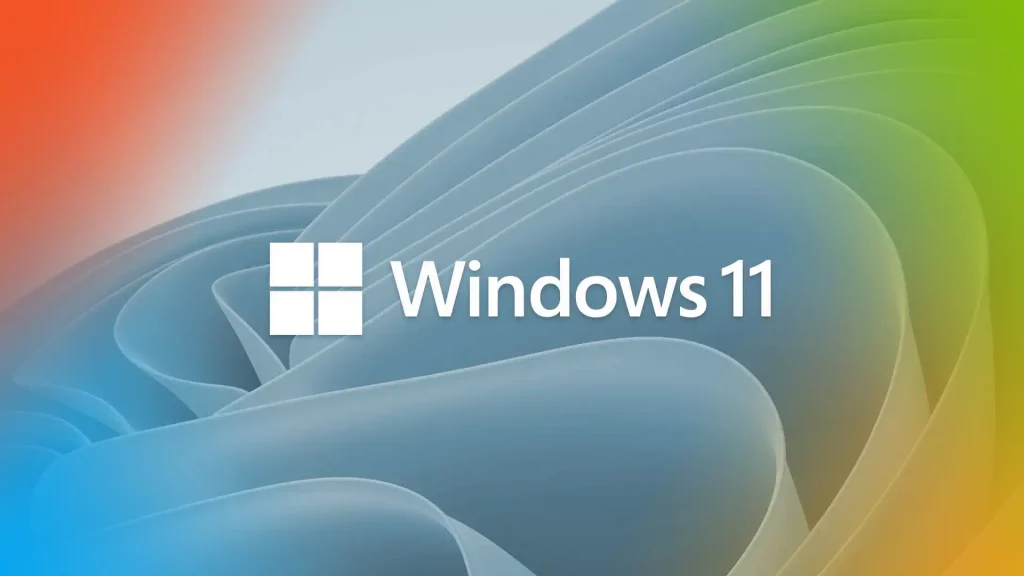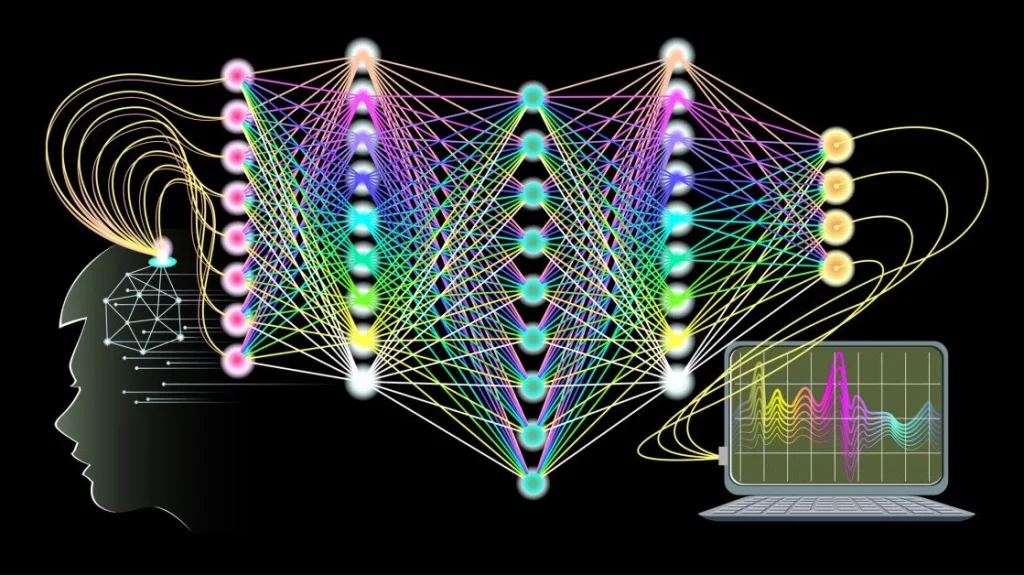In the ever-evolving landscape of mobile app development, Flutter has emerged as a game-changer. Developed by Google, Flutter is an open-source UI software development kit used to develop applications for Android, iOS, Linux, Mac, Windows, Google Fuchsia, and the web from a single codebase. This innovative framework has garnered attention for its ability to expedite the development process and enhance UI designs, making it a compelling choice for developers and businesses alike.
The Genesis and Growth of Flutter
Flutter was first introduced by Google in 2017 and has since seen a rapid adoption rate among developers. Its popularity stems not only from cross-platform capabilities but also from its unique approach to rendering. Unlike other frameworks that rely on webview or the OEM widgets of a platform, Flutter uses its own high-performance rendering engine to draw widgets. This not only allows for distinctive, customized UI designs that stand out but also ensures consistency across platforms.
What Sets Flutter Apart?
The core philosophy of Flutter—everything is a widget—is a significant paradigm shift. Widgets in Flutter not only include graphical objects such as buttons and sliders but also structural elements like rows and columns, and stylistic elements like fonts and colors. This compositional nature makes it highly versatile and capable of creating complex UIs that are cohesive and responsive.
The Dart Advantage
Flutter uses Dart, also developed by Google, as its programming language. Dart was chosen for Flutter because of its just-in-time execution features. During the development phase, this allows for hot reloads, which can refresh the UI during code changes without the need for an entire app restart. This feature significantly speeds up the app development process and testing. Furthermore, Dart’s ahead-of-time compilation ensures that Flutter apps are fast and smooth in production.
Performance: A Critical Consideration
Performance is often the dealbreaker when choosing a development framework, particularly for mobile apps where user experience is paramount. Flutter excels in this arena owing to its use of Skia, a fast 2D graphics library that underpins Chrome’s rendering. This means that instead of using native platform controls, Flutter apps are visually and functionally consistent on any platform while achieving performance that rival native apps.
Building and Testing Made Easier
Flutter comes equipped with a rich set of fully-customizable widgets for Android and iOS. This uniformity and flexibility reduce the time and effort typically required to code for different platforms. Its layered architecture allows full customization, which means you can render controls (or even the entire interface) according to the app’s needs. Additionally, with Flutter, developers have access to a wide array of testing features, including unit tests, widget tests, and integration tests to assure the app performs well across all devices and platforms.
Community and Ecosystem
A robust community significantly influences a framework’s adoption and sustainability. Flutter boasts a strong, vibrant community and ecosystem with extensive support from Google. Developers have access to a wealth of libraries and tools to enhance their applications. Additionally, community forums, extensive documentation, and frequent updates make developing with Flutter an ongoing learning experience and offer opportunities for developers to keep their skills sharp and current.
Real-World Applications
Companies of various sizes, from startups to enterprises, have adopted Flutter to build their mobile apps. High-profile examples include eBay, Alibaba, and Google Ads. Their adoption of Flutter highlights its reliability, efficiency, and scalability—key considerations for any business.
The Path Forward
Flutter is positioned as a future-forward framework with features continually being refined and introduced. Google’s support ensures that Flutter is at the cutting edge of technology, adopting new trends and addressing developer needs.
As we look towards the future, it’s clear that Flutter holds a significant place in mobile app development. With its ability to streamline workflows, coupled with strong performance and a supportive community, Flutter not only simplifies mobile app development but also pushes the boundaries of what’s possible in app creation.

